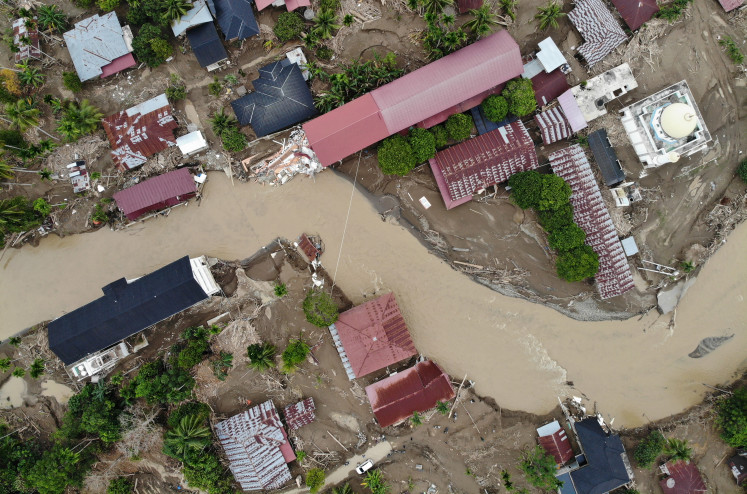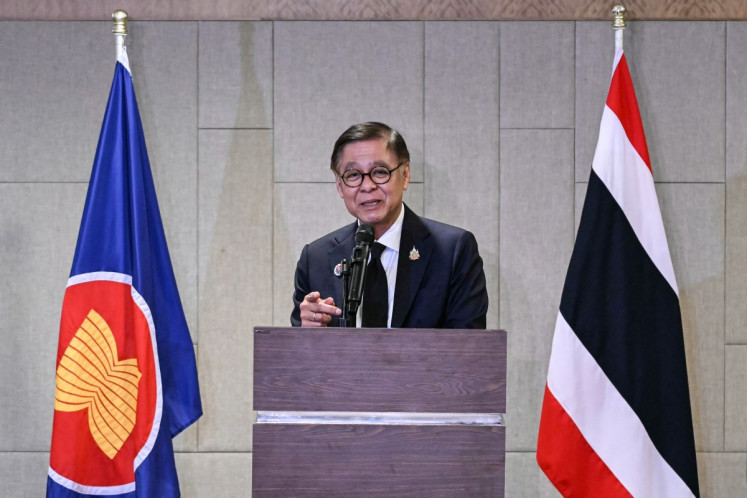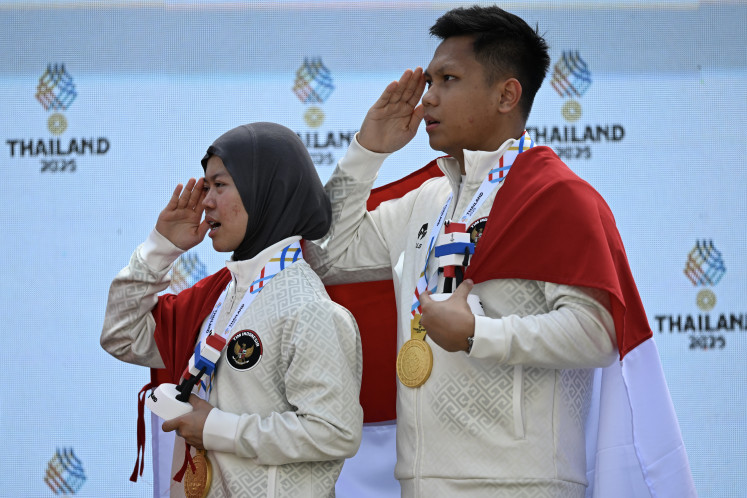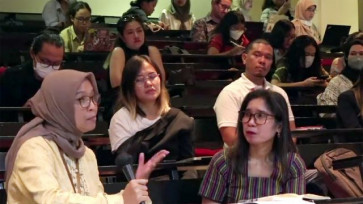Popular Reads
Top Results
Can't find what you're looking for?
View all search resultsPopular Reads
Top Results
Can't find what you're looking for?
View all search resultsMaking ASEAN relevant to the young
Young people these days have more expectations, concerns and anxieties, but at the same time, they want a larger part in deciding their future.
Change text size
Gift Premium Articles
to Anyone
A
s the 43rd ASEAN Summit in Jakarta commences, it is timely to muse on how ASEAN specialists could inspire young people to take an interest in their own region. I cannot help but look back at my own experience.
Growing up as a young person in Singapore in the 1980s and 1990s, I was more in tune with the arts, music and literature of American and British influences than I was with local and regional popular culture. I was also more familiar with Western landmarks such as the Eiffel Tower than I was with those of Southeast Asia, such as Borobudur Temple. That was how oblivious I was of the region I was living in.
Though I knew who Singapore’s closest neighbors were, I was unaware of the historical ties between them. The only inkling I had of Singapore’s link with other regional countries were Singapore-Malaysia relations, and my limited knowledge of the biennial South East Asian (SEA) Games. I learned to recognize Southeast Asian countries’ flags as they appeared next to the competing athletes’ names on the television. It never occurred to me that I should be embarrassed by my lack of regional knowledge.
I began to learn more about Southeast Asia when my secondary school taught the modern histories of Indonesia, Myanmar and Thailand.
All my classmates found the lessons dry and dull. They were unable to comprehend why the East India Companies of Britain and the Netherlands decided to exchange Bencoolen (Bengkulu) with Malacca so that no pocket of territory would be excluded from the two powers’ spheres of colonial influence.
Similarly, my class could not understand why the region was so appealing to these western powers that they would travel far and wide over months of vessel expeditions to possess Southeast Asian lands in the name of trade and development.
As I looked back, I also found out how India’s Hindu and Buddhist influences spread throughout the region, leaving imprints in the form of monuments and inscriptions. I studied how indigenous rulers in ancient Southeast Asia adopted the practices of Indian kingship to develop territories and economies. South Asia’s sphere of influence on ancient Southeast Asia is clear in the ruins of Ayutthaya in Thailand and Angkor Wat in Cambodia today, but how many young people in the region know that?



















